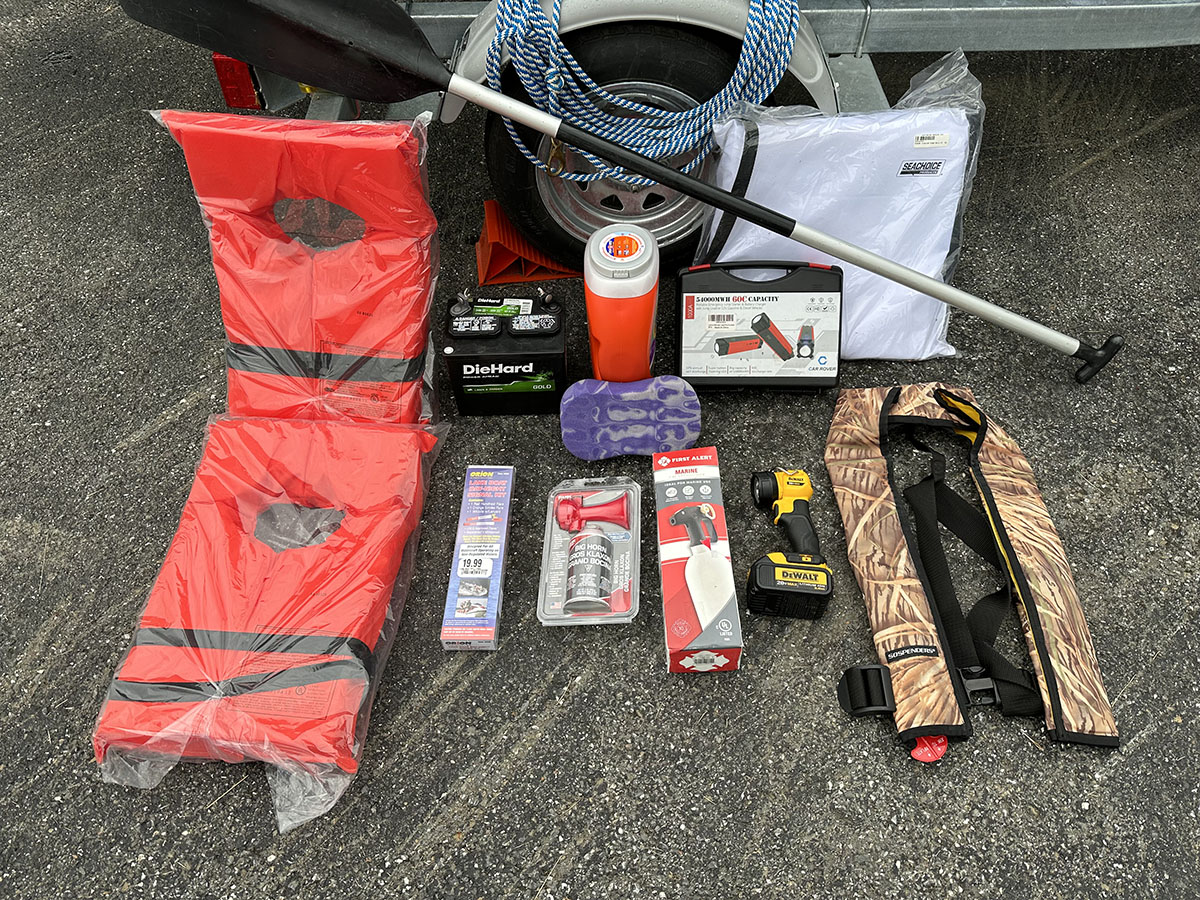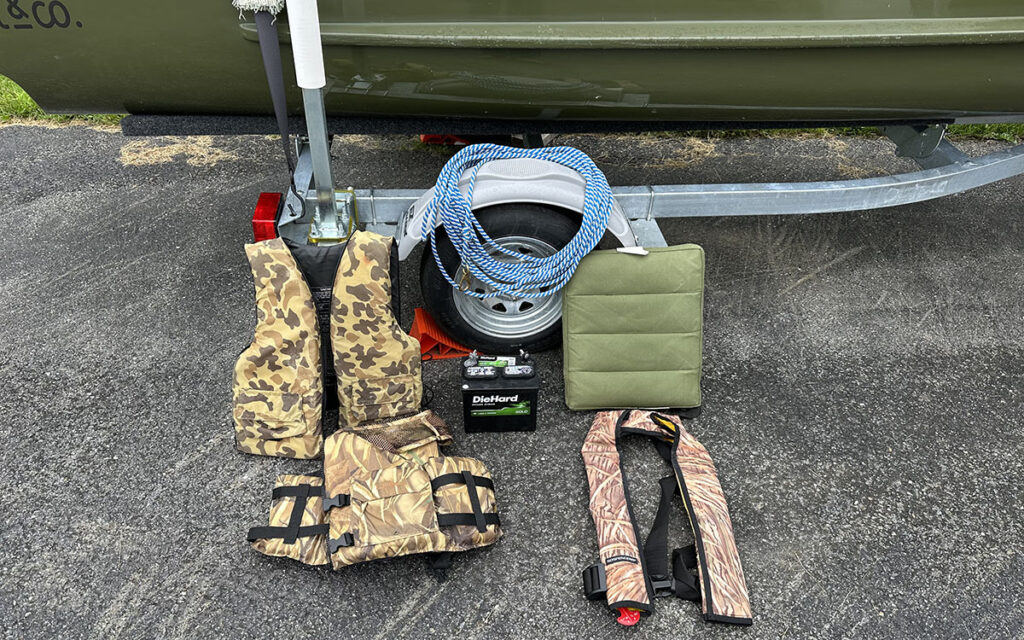
Almost everyone has heard the old adage “up the creek without a paddle.” Most of us have even been there at one time or another.
Outdoorsmen and women are generally more prone to this bad boating proverb, and unfortunately the sticky situation can actually concern real, possibly dangerous boating situations.
A lot of Aroostook outdoor recreations rely on watercraft for fishing, hunting, float and camp outings, whitewater canoe or kayak ventures or just pleasure paddling. I’m here to confirm from more than one past personal experience that being without a paddle can be the least of your worries. Pre-planning and prevention are essential prior to any boat venture to assure safety, regardless if you’ll be afloat for an hour, a day or a weekend.
Furthermore, it isn’t just common sense, but several specific laws pertain to Maine boats regardless of size, type or if you’re moving by paddle, pole or motor.
The first and foremost essential gear is a personal flotation device for every person on board, and there are specific guidelines for acceptable U.S. Coast Guard-approved devices. Float cushions do not meet regulation standards and children 10 or younger must wear a flotation device at all times while moving. It’s recommended that adults wear their life preservers, but if not the device must be readily accessible.
Boats over 16 feet, except canoes and kayaks, require a throwable Coast Guard-approved personal flotation device, and waterwise boaters make sure a retrievable safety line is attached. Horseshoe-shaped, around-the-neck devices that are manually or CO2-cartridge inflatable meet legal standards, but must be worn at all times when afloat. Some of these are particularly effective as they have a water sensitive device that automatically inflates the life vest when immersed.

It’s crucial that a device will float an individual with head and face out of the water in case the wearer in unconscious.
Motors fail, so it’s wise to have at least two paddles on board, and even manually propelled boats may need extra paddles or a push pole. Experienced boaters make sure the extra poles and paddles are tied or attached tightly to the boat with bungee cords in case of capsizing, flooding or rough water where unsecured items will float away.
Navigational lights are a must on most motorized boats and sailing vessels, but even canoes and small boats should carry a waterproof flashlight or lantern in case an unexpected problem prevents returning before dark. Always check functionality of onboard and handheld lights before launching.
Visual distress signals aren’t required on inland water in Maine, but regardless of boat size, they are recommended. Signals are either pyrotechnic (smoke and flame) or non-pyrotechnic (non-combustible) and may be aerial, floating or handheld. Orange smoke devices, pistol- or rocket-propelled red parachute flares, red aerial flares or handheld flares are pyrotechnic, while electric lights and orange flags are not.
A regulation many boaters may not even be aware of is the requirement of every watercraft to have on board a whistle or other sound-producing device capable of emitting a loud blast of at least two seconds. Such a device is essential on fresh or salt water in case of low visibility or night time search situations due to injury or mechanical malfunctions.
I carry an extra battery or charged jump-start device, a heavy-duty tow strap or rope, and a plastic gallon jug with a large sponge inside. The jug is for bailing and the sponge for sopping up water or blood from fish, waterfowl or game animals. Extra spark plugs, spare manual-start rope and a small tool kit, as well as a multitool and small first aid kit, are other essentials. They’re not required by law but they’re just common sense.
Many sports people spend hundreds of hours each year on the water, and sooner or later there will be a glitch. Follow the regulations, plan for the unexpected and be safety conscious to assure everyone on board gets back to shore safe and sound. Visit the local town office or go online for a copy of Maine’s boating regulations as well a lot of helpful guidelines for proper watercraft operation.






